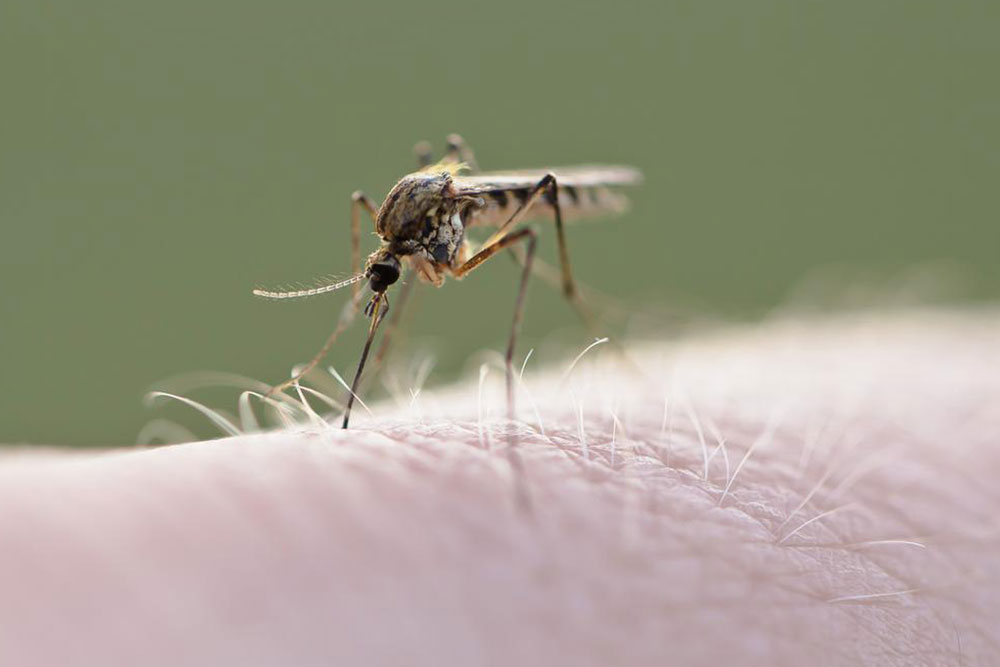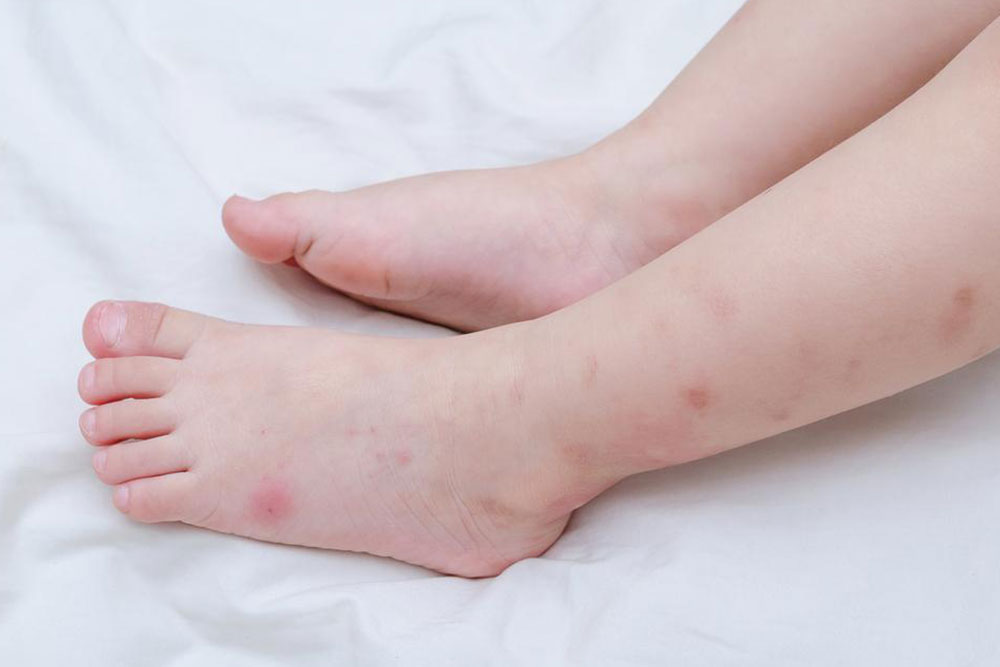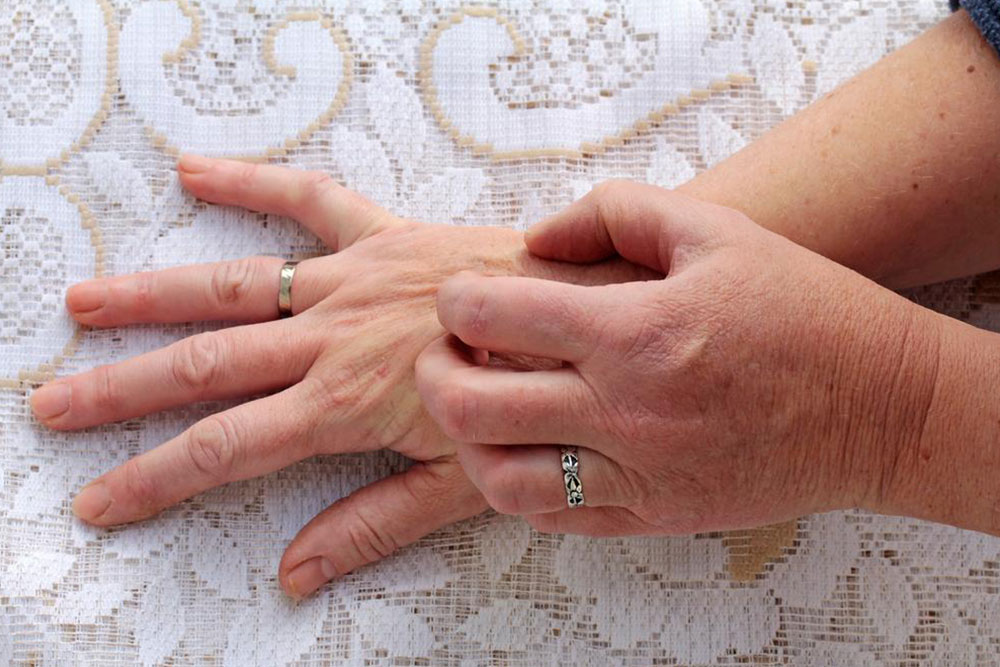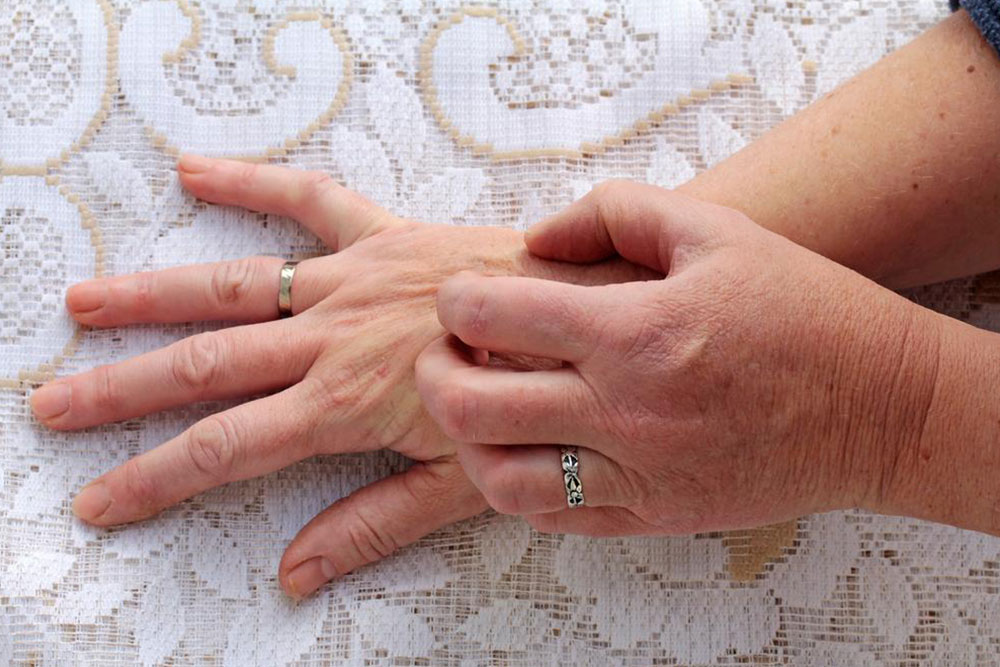Guide to Recognizing and Managing Common Insect Bites
Learn how to identify and manage common insect bites with this comprehensive guide. Discover key signs of bites from ticks, mosquitoes, fleas, spiders, bed bugs, chiggers, and fire ants. The article offers practical tips to prevent bites and when to seek medical help for serious reactions, helping readers protect themselves and their families effectively.

Insect bites are widespread and can cause a range of symptoms from mild irritation to more serious health issues, depending on the insect involved. While most bites heal within a few days with standard treatment, some cases require prompt medical attention. Proper identification of insect bites can be challenging and may need expert advice. Here's a guide to recognizing common insect bites and when to seek medical help.
Tick bites: Ticks can transmit diseases like Lyme disease and Rocky Mountain spotted fever. A distinctive 'bulls-eye' rash often appears around the bite site, characterized by one or multiple rings.
Mosquito bites: These are highly prevalent and can carry illnesses such as Zika, chikungunya, malaria, and dengue. The bite initially appears as a white area with a central red dot, turning red later. Itching is common.
Flea bites: Flea bites cause painful, itchy red bumps on the skin and can transmit tapeworms. They are easy to recognize by the localized red, itchy bumps.
Brown recluse spider bites: These bites result in blisters and cause pain and itching. Severe cases may lead to tissue necrosis, requiring medical intervention. If suspected, urgent medical attention is essential.
Bed bug bites: These are typically multiple bites aligned in a line on areas in contact with bedding, such as legs or arms. Often, they resolve on their own, but severe itching might warrant hydrocortisone creams as advised by a doctor.
Chigger bites: Red bumps with a central red core resemble pimples and are itchy but generally harmless.
Fire ant bites: Characterized by red spots that develop into pus-filled pimples, indicating an inflammatory reaction.
Protect yourself from insect bites by using repellents, covering exposed skin, and avoiding peak activity times at dusk or night. Taking these precautions can help prevent discomfort and health risks associated with insect bites.
Disclaimer: Our articles aim to provide valuable, practical information across various topics. However, they should not replace professional medical advice. We are not responsible for inaccuracies or differences in data across platforms. Always consult a healthcare professional for any health concerns.










